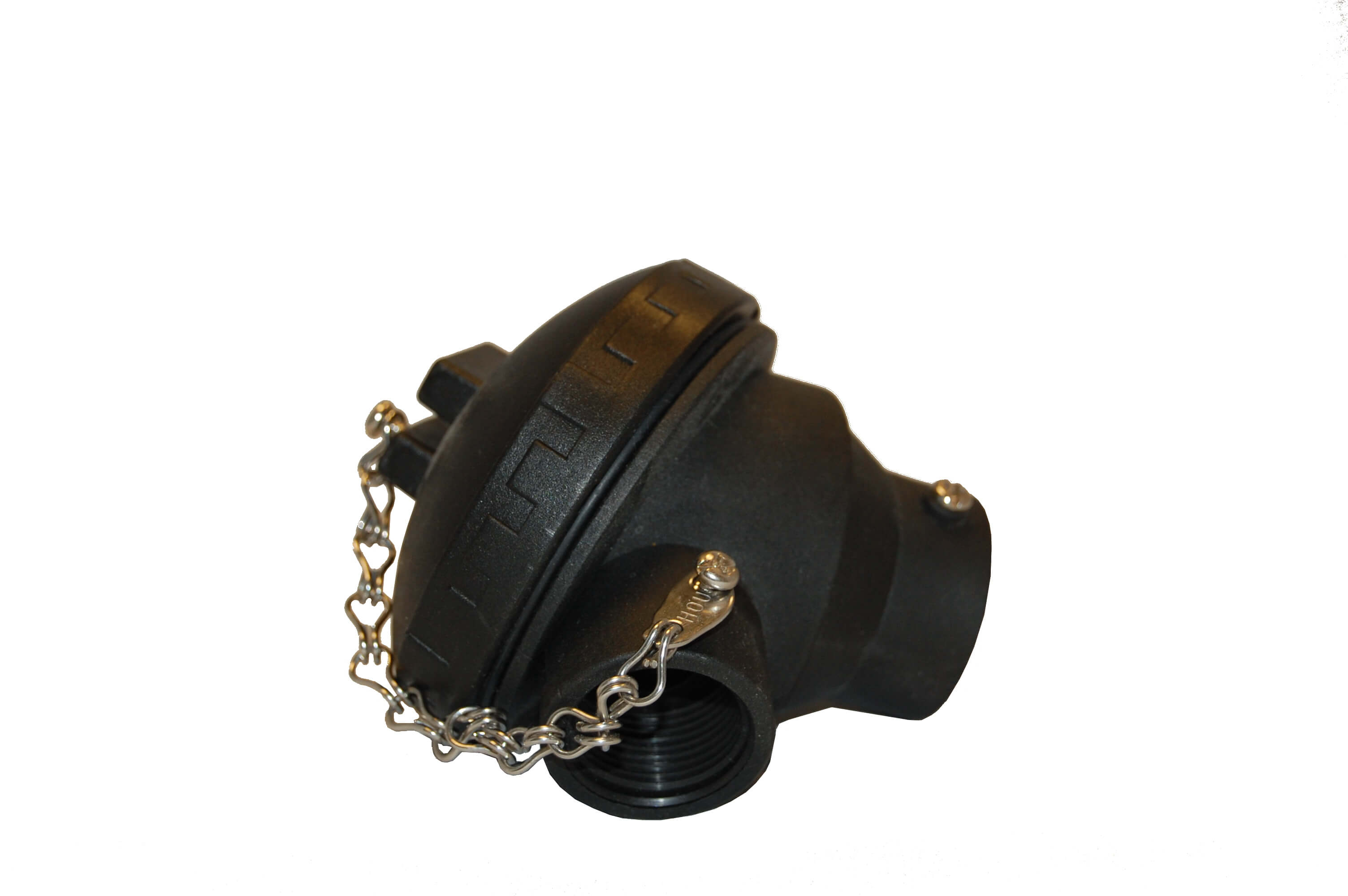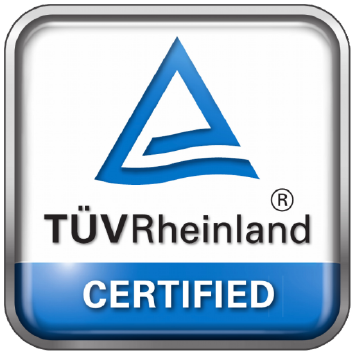
Custom Plastic Molds Manufacturer Supplier - hitech plastics and molds
Author:gly Date: 2024-10-15
The advantages of injection molding soon made it the go-to manufacturing method for many other industries as well. Today, a large number of industries use plastic injection molding to produce a wide variety of parts and products.
Elite has specialized in prototype injection molding and tooling services for many years and has proven to be one of the best in the industry. We are able to save our customers both time and money by providing molds built with aluminum or softer steels such as P20. By utilizing aluminum or soft steel for the mold instead of harder steel, we can help reduce your overall tooling cost. Not only is it less expensive, but by choosing aluminum, your machine time will also be cut in half, which means shorter lead times. With aluminum/soft steel molds, you can even get production quantities on simple designs.
With over 32 years of experience, we have really seen everything. We know how to properly build a plastic injection mold for you that will last.
We also use a wide range of metal and plastic materials to produce high-quality, lightweight automotive parts. Our team of experts is experienced in mold making, ensuring that your final product is of the best quality. Simply upload your design files and get a rapid quote.
In the past, all the engine accessories under the hood were made out of metal. But nowadays, with the widespread use of injection molding, the manufacturers have shifted to plastic. Sensors, cylinder head covers, oil pans, and electrical kits, all can make out of plastics.
Class 105 plastic injection molds are our biggest strength at Elite. When it comes to building a mold, the competition cannot match our speed and quality. We are the best at providing top-of-the-line, high-quality plastic injection molds.

Additionally, it is not susceptible to melting or deforming at high temperatures; the main reason why automotive manufacturers choose thermosetting injection molding.
Products that require a high degree of flexibility, such as foam seats, frequently make use of Polyurethane. Car seats are one example. PU is also used for making seals and gaskets, insulation panels, and suspension bushings in automobiles.
Thermosetting injection molding is used to produce parts made from thermosetting materials, such as epoxy and polyester. This car molding technique offers many of the same advantages as thermoplastic molding, including its accurate dimensional tolerances and repeatability. However, it has a few advantages over thermoplastic molding, as well.
Additionally, injection molding is a highly versatile process that manufacturers use to produce a wide variety of automotive parts, from engine components to exterior body panels. In addition, it is a scalable process; you can mass-produce thousands of identical products with this method.
In Automotive Injection Molding, a plastic polymer is first heated until it reaches a highly plastic condition. Then, the polymer is pushed to flow under high pressure into the cavity of a mold, where it hardens. While in Automotive die casting, metal is heated until it melts, and then the forces inside a mold where it solidifies.
No, the injection molding technique is not compatible with the use of metals. You can only inject polymers, like PU, PA, and ABS, into the mold. For metals, die-casting closely resembles the injection molding technique.
In this article, we will take a closer look at how plastic injection molding is used in the automotive parts production industry, and what types of materials and injection molding processes are being used in the auto industry.
We are ISO 9001:2015 certified. Elite truly believes in a high-quality and clean working environment to ensure we provide the best products.
Polycarbonate is a rigid, hard, and durable material. Due to its resistance to heat and weather conditions, it is an excellent choice for making car bumpers.
In the automotive industry, we will normally find three main types of injection molding techniques, namely thermoplastic injection molding, elastomeric injection molding, and thermosetting injection molding.

Elastomeric injection molding is used to produce parts made from elastomeric materials, such as rubber and silicone. It offers many of the same advantages as thermoplastic injection molding, including its low cost, high production speed, and versatility. Additionally, it provides superior shock absorption and vibration dampening.
Polypropylene, a polymer of propylene, is one of the common materials used in making car parts. Due to its resistance to chemicals, UV, and water, it is widely used in making car’s external components such as bumpers. In addition, it is used for cable insulation.
Injection molding produces parts with superior surface finishes. Injection-molded parts are typically smooth and free of defects. When creating components with plastic injection molding, manufacturers have a wide variety of finish options, (such as rough, glossy, or matte), which they directly apply to the auto parts mold than to the part itself.
Since automotive manufacturers produce a variety of parts from automotive plastic injection molding, not a single material is suitable for each kind of application. Therefore, different plastic polymers are used for auto parts.
Thermoplastic injection molding is the most common type of injection molding in the automotive industry. It is used to produce parts made from thermoplastic materials, such as polypropylene, nylon, and ABS.
ABS, as its names suggest, it’s a polymer of acrylonitrile and styrene. It is hard and shiny, which is why its normal applications include dashboards and wheel covers.
At WayKen, we offer professional rapid injection molding services and specialize in designing and developing different types of custom CNC car parts that perfectly meet the specific requirements of your applications.
In the 2000s, plastics became a structural component of the automotive industry. Being lightweight than metal parts, they made cars fuel-efficient and cost-effective.
We are an excellent choice if you are trying to find a supplier for a quick-turnaround project that involves getting preproduction parts before the production tool is complete. We can even provide simple open-and-close parts in three to five weeks. This way, you can have parts to fulfill your needs while you are waiting for production tooling to be complete. Also, this will allow you to test your part design and ensure your assembly will work perfectly. For more information n the various markets we have helped out over the years please check out our industries page
One of the main reasons why automotive manufacturers choose injection molding is its high degree of accuracy and repeatability. Car molding machines can produce parts that meet extremely tight dimensional tolerances.
The list of injection molded products in the auto industry is so long that we cannot name all of the parts. Therefore, we have divided the auto components into three categories: exterior, interior, and components under the hood.
Initially, in the 1950s, injection molding began to be used for manufacturing decorative elements. Then, in the late 70s and 80s, plastic injection molding quickly became the preferred manufacturing method for producing a variety of auto parts molds, including dashboards, headlights door panels, and instrument clusters.
QUALITY – We are ISO9001:2015 certified and have all the necessary equipment and personnel to ensure quality parts and accurate reporting.
This auto molding technique offers many advantages over other types of injection molding, including its low cost, high production speed, and versatility.
Another advantage of injection molding is its ability to produce parts with complex shapes. Injection molding machines use a process known as “screw precession” to inject molten plastic into a mold cavity. This process allows for the creation of highly detailed and intricate parts. Additionally, injection molding can be used to create parts with internal cavities, such as engine intake manifolds.
Multiple aesthetic exterior components of the car, such as front grilles, bumpers, step bumpers, headlights, fenders, and even side mirrors are made using plastic automotive molding. Furthermore, the splash guards, which prevent dirt and mud from flashing onto the cars, are also auto-molded products.
Automotive Injection Molding refers to the use of the injection molding process in the automotive industry. Many intricate parts of automobiles such as dashboards, intake manifolds, bumpers, headlamps, door handles, and multiple under-the-hood components are produced using automotive plastic injection molding.
In the auto industry, it’s important to be able to make identical parts over and over again. Since plastic injection molding usually uses strong metal molds, the final product that comes out of the mold is almost always the same.
Injection molding is also a very fast manufacturing process. In most cases, injection molded parts can be produced in a matter of minutes. This high production speed allows automotive manufacturers to quickly and efficiently produce the parts they need.
Acrylic is transparent plastic with high strength, optical clarity, and stiffness. It is used as a substitute for glass and in making headlight covers and screens.
Polyethylene is strong, lightweight, and resistant to impact. It’s extremely helpful in case moisture resistance and low cost are the main priorities.
When it comes to mass production, injection molding has a wide variety of uses in industry. Once you make up the initial investment in molds and tools, the overall production cost is rather modest. To meet the growing demand for automobiles and for designing automobile complex parts, injection molding seems to be a great solution for auto manufacturers.
The widespread use of the injection molding process in the car industry is due to tons of advantages over conventional manufacturing techniques.
All of the car’s interior including roof lining, dashboard, door handles, center consoles, and dashboard compartments are a fine example of injection molded products. Furthermore, all decorative automotive moldings in luxury cars are also made using the same manufacturing technique.
Injection molding can be used to produce parts with a variety of textures and colors. In contrast to other procedures, injection molding lets you mix colors with raw material prior to manufacturing. This eliminates the need for further tinting when the molding process is complete.
Since we do not work on production tooling, we are able to move projects quickly through our facility. We cut weeks off normal lead times.
PVC makes about 16% of the car’s plastic components. Being flexible and heat resistant, auto parts manufacturers use it to make both hard and soft parts, including interior panels, and dashboard components.
Injection molding offers many advantages over other manufacturing processes, including its ability to produce parts with complex shapes, tight tolerances, and superior surface finishes.
Since we specialize in prototypes and low volumes, we are able to give you better pricing than companies that build both production and prototype plastic injection molds.

In the early days of the automotive industry, plastic injection molding was not widely used. Automotive manufacturers primarily relied on metal stamping to produce parts. These metal components were heavy and expensive. However, as the automotive industry began to grow, so did the demand for more efficient and cost-effective manufacturing methods.
GETTING A QUOTE WITH LK-MOULD IS FREE AND SIMPLE.
FIND MORE OF OUR SERVICES:


Plastic Molding

Rapid Prototyping

Pressure Die Casting

Parts Assembly



